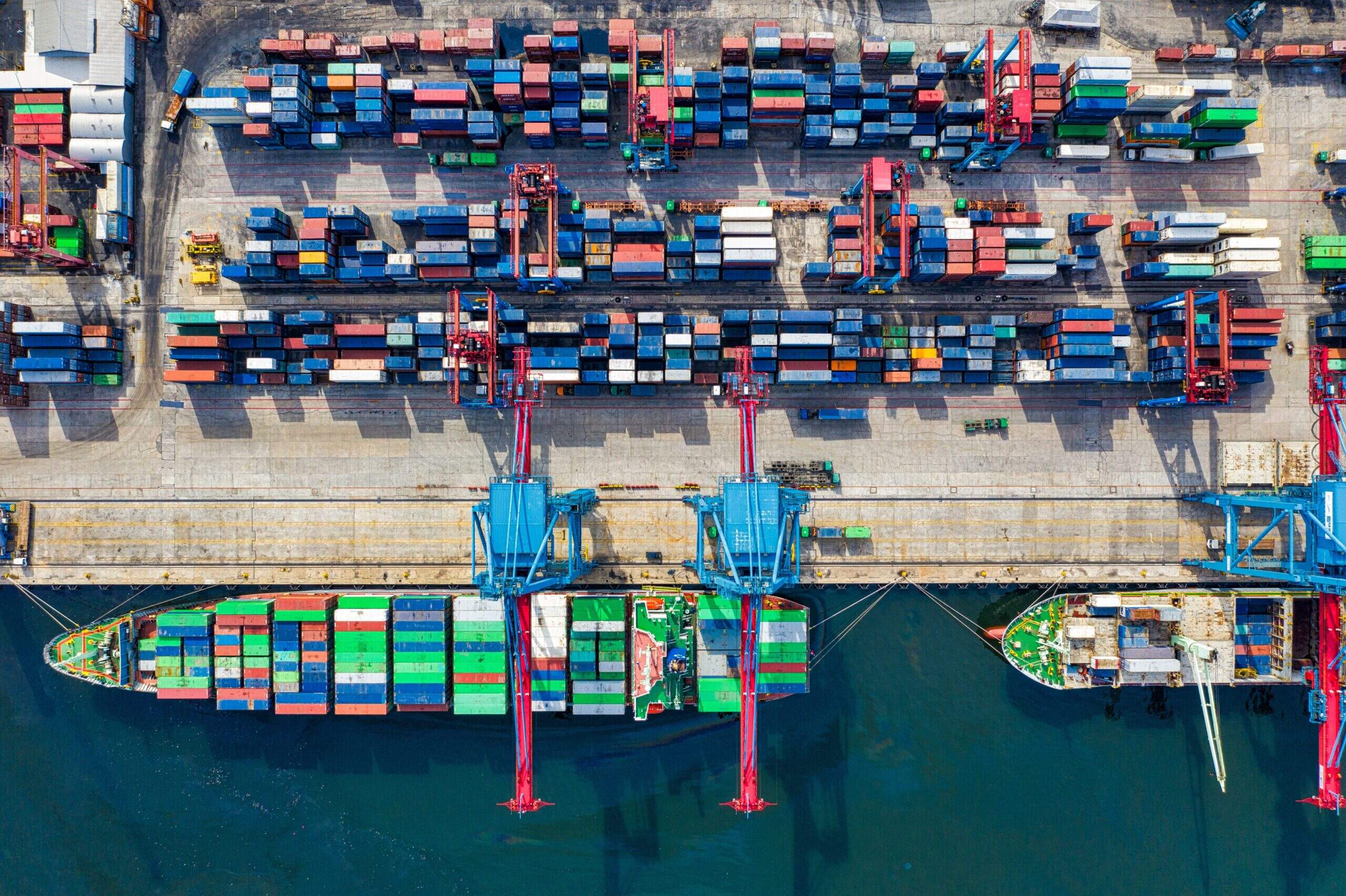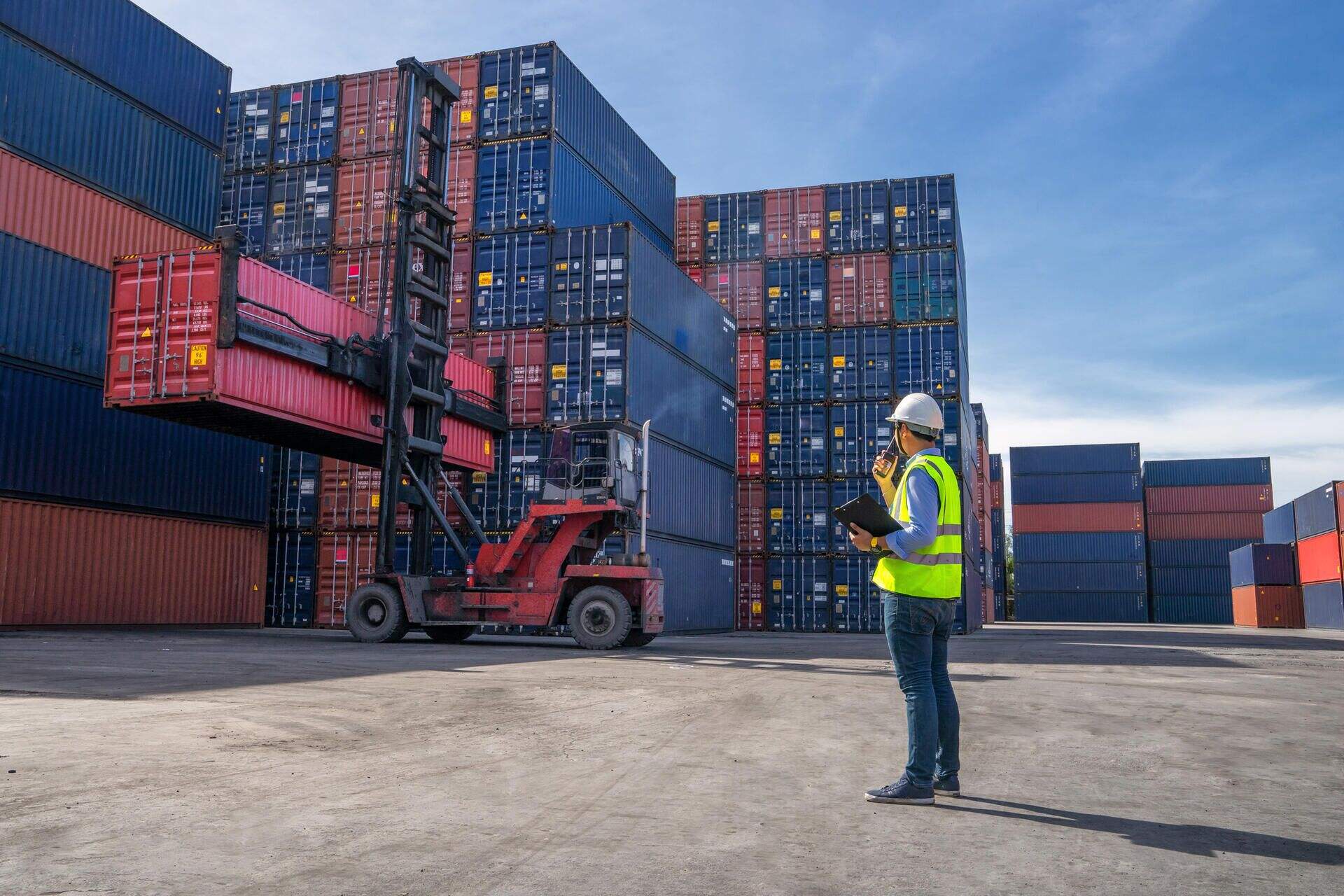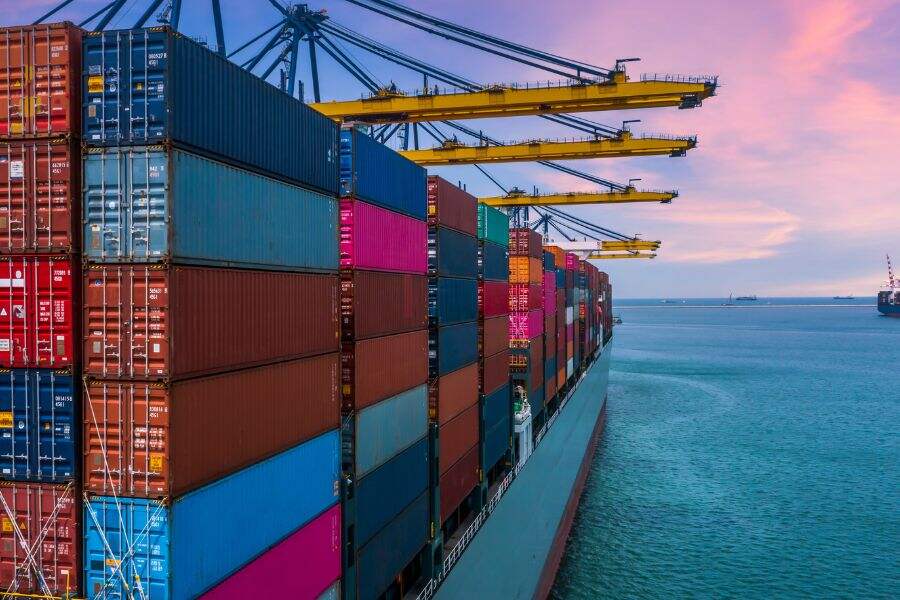railway supply
Railway supply encompasses a comprehensive system of power distribution and equipment that ensures the reliable operation of rail networks worldwide. This critical infrastructure component provides the necessary electrical power for train operations, signaling systems, and station facilities. Modern railway supply systems integrate advanced power conversion technology, intelligent monitoring capabilities, and robust safety mechanisms to maintain consistent power delivery across extensive rail networks. These systems typically operate through a combination of overhead lines, third rails, and sophisticated substations that convert and distribute power efficiently. The technology incorporates state-of-the-art voltage regulation, fault detection, and power quality management to ensure uninterrupted service. Additionally, railway supply systems are designed with redundancy features and emergency backup capabilities to maintain operations during potential power disruptions. They also include advanced energy management systems that optimize power consumption and enable regenerative braking technology, contributing to more sustainable rail operations.


